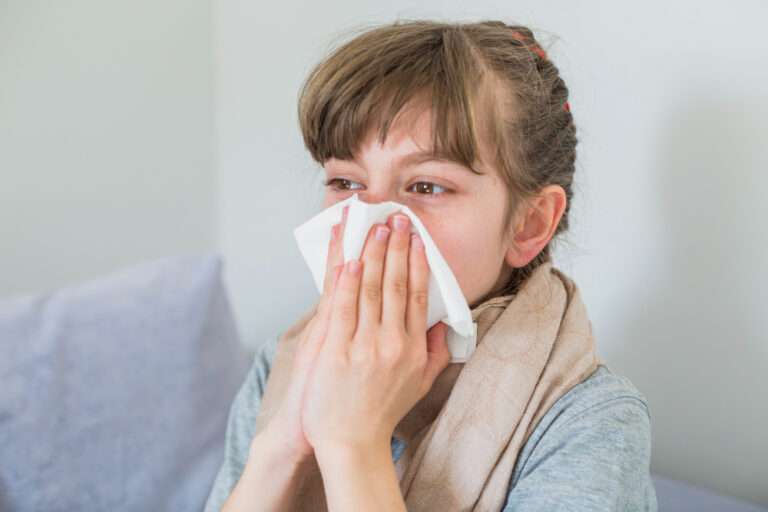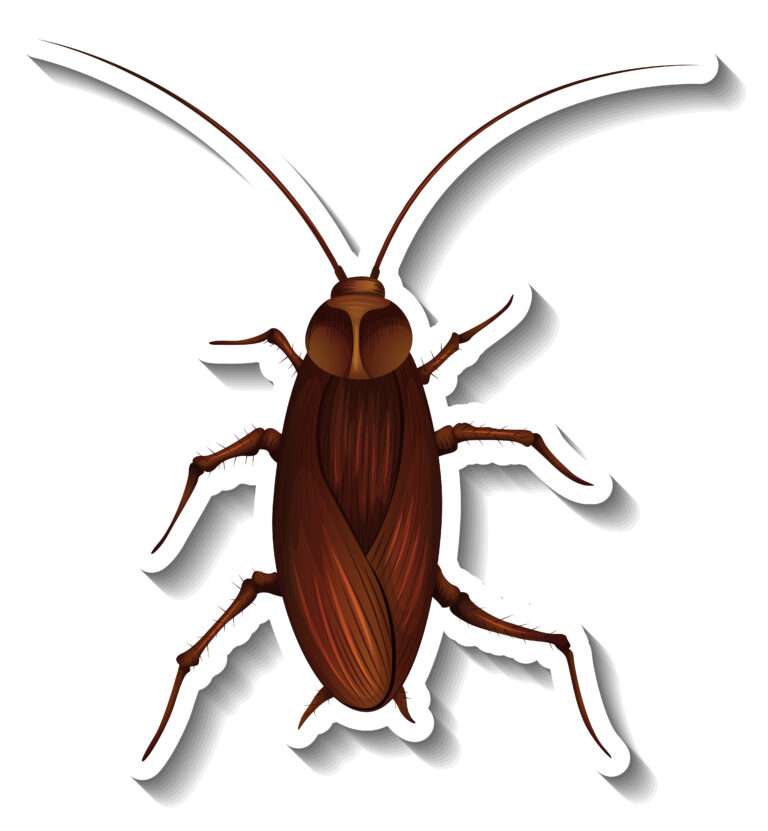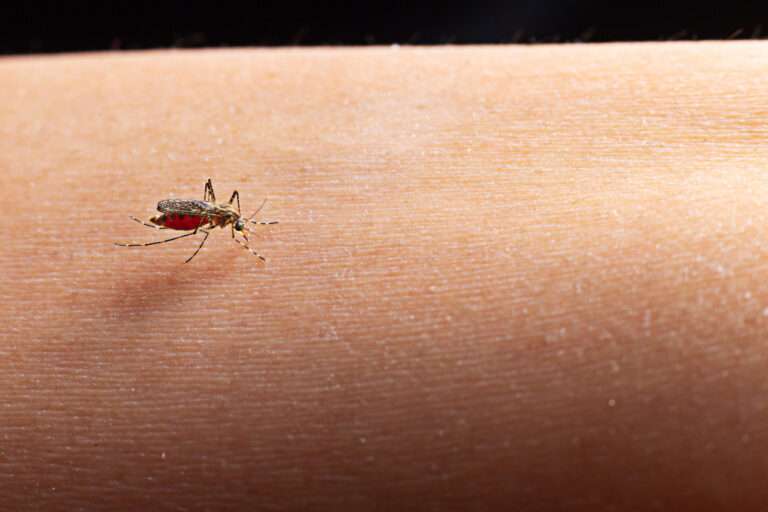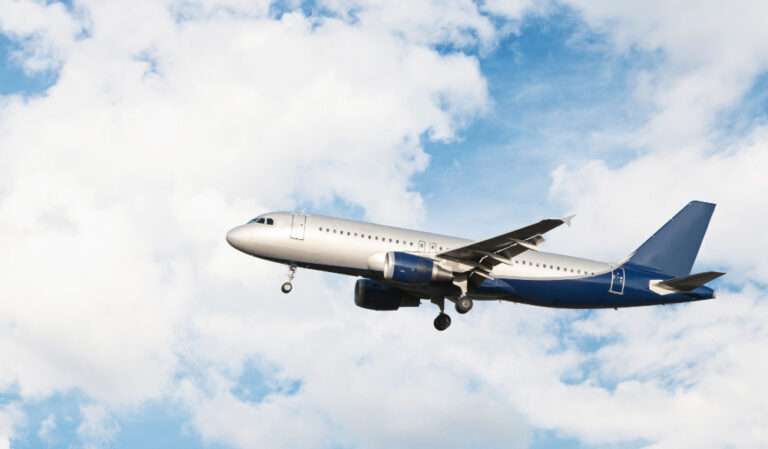Pet allergies
Pet allergies are relatively common, especially in individuals who have other allergies or asthma. In children, pet allergies can manifest in a variety of ways, and the exposure to pets at a young age can sometimes influence the development or expression of these allergies.
Symptoms of Pet Allergies in Children:
- Sneezing
- Runny or stuffy nose
- Itchy or watery eyes
- Skin rashes or hives (particularly after touching an animal)
- Coughing, wheezing, or shortness of breath
- Asthma symptoms could be triggered or worsened
- Eczema or allergic dermatitis
It’s worth noting that symptoms might not manifest immediately after exposure. In some cases, they can be delayed by several hours, complicating the identification of the trigger.
Common Animal Allergens:
- Proteins found in a dog or cat’s skin cells (dander), urine, feces, and saliva are common allergens.
- Cats are often more likely to cause allergic reactions than dogs. However, some dog breeds are considered more “hypoallergenic” than others, though no breed is entirely non-allergenic.
- Other animals like rabbits, rodents (hamsters, guinea pigs), and birds can also produce allergens that cause reactions in susceptible individuals.
Management and Treatment:
- Avoidance: If a child is confirmed to have severe pet allergies, the best way to avoid symptoms is to not have pets in the household. If giving up a current pet is not an option, consider the following steps:
- Keep pets out of the child’s bedroom and other primary living areas.
- Clean the home frequently to reduce dander.
- Invest in a HEPA filter for the home’s HVAC system or use air purifiers.
- Regularly bathe and groom pets to reduce dander and loose hair.
- Medications: Antihistamines, nasal corticosteroids, and other allergy medications can help alleviate symptoms. Always consult with a pediatrician or allergist before giving any medication to a child.
- Allergy Shots (Immunotherapy): If avoidance and medications don’t provide sufficient relief, an allergist might recommend allergy shots. These can help desensitize the child to pet allergens over time.
Impact of Early Exposure: Some studies suggest that early exposure to pets, especially during the first year of life, might help protect children from developing pet allergies and other types of allergies. The theory, often referred to as the “hygiene hypothesis,” suggests that early exposure to certain allergens and bacteria can strengthen the immune system’s development.
However, if there’s a strong family history of allergies, it’s essential to discuss pet ownership and exposure with an allergist or pediatrician.
Conclusion: While pet allergies can be challenging, especially for children who love animals, they can be managed with the right strategies and treatments. If a child shows symptoms of an allergy and there’s a pet in the house, it’s essential to consult with an allergist to confirm the allergy and discuss appropriate management.
------------From our Sponsors------------









